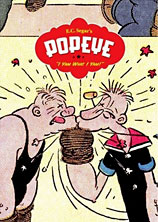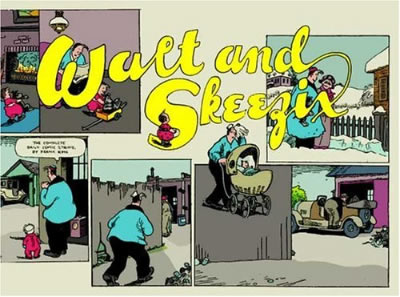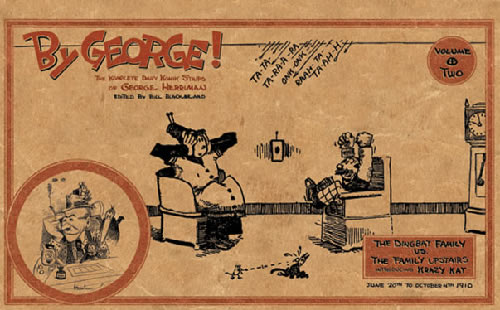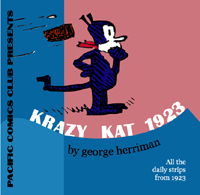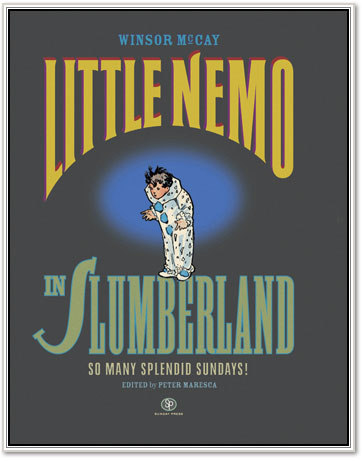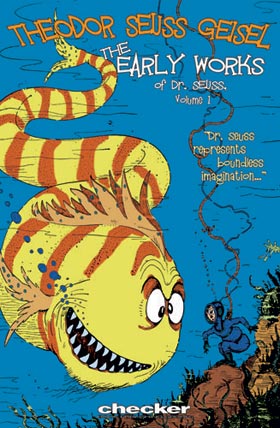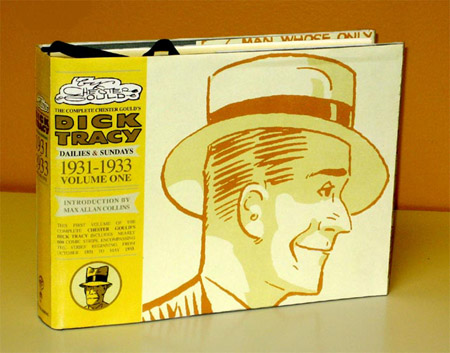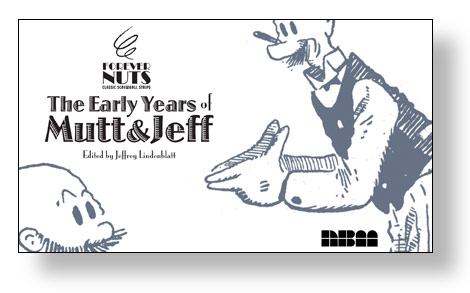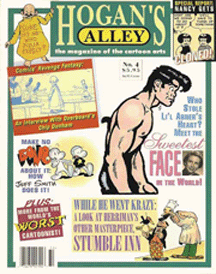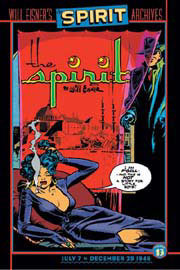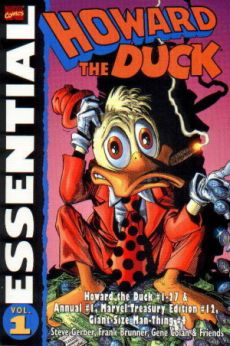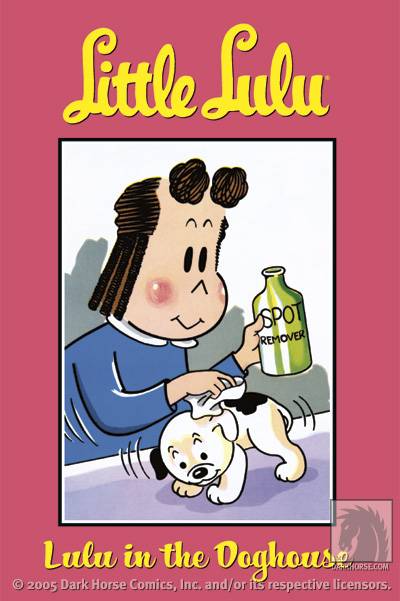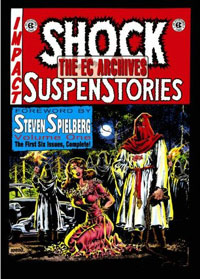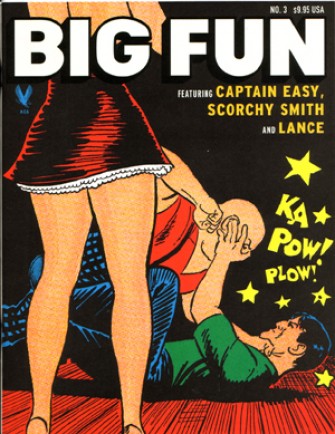This is the fourth and final part of a series of articles on getting your comics online. Here are the previous parts:
HOW TO GET YOUR COMICS ONLINE PART ONE: Advantages and Disadvantages of Putting Your Comics Online
HOW TO GET YOUR COMICS ONLINE PART TWO: Publishing Options, and the Necessity of RSS Subscriptions
HOW TO GET YOUR COMICS ONLINE PART THREE: Getting your Images Ready For the Web
Before I begin, I discussed briefly in chapter two some notes on building your website. I mentioned that I use Dreamweaver (and the other Adobe web applications), which costs money, and I directed you to a free option (called Seamonkey) made by the Mozilla foundation, the makers of the Firefox browser. Here is another free option I heard of recently that sounds pretty promising called NVU.
PUBLISHING YOUR FILES TO THE WEB
Publishing files to the web is easy. Once you have your domain set up, you will just put the url along with your username and address into your FTP program, and then you can treat the folder that contains your website pretty much like any other folder on your computer.
For an FTP program (file transfer protocol… a program to upload your files to your webserver), I use and recommend the freeware program Filezilla. Dreamweaver and some other webpage editors have the ability to ftp built into them (as do many recent operating systems, for that matter).
The main file people see when they go to your site, located on the top level of your site, should be called index, as in index.htm or index.html. The index file is the first file browsers will look for. Once you put an index file on the top level of your domain, that is what people will first see when they go to your url.
You’ll also want to create some subfolders to keep things organized. You’ll definitely want a folder called images to keep your images in. You’ll probably want subfolders in the images folder like my_comic and my_other_comic. If you don’t organize your files in folders, and by sensible names, things will quickly get out of hand, and it will be hard to find what you’re looking for.
Some good rules for naming files:
1) Avoid most special characters.
2) Use all lower case. The web is case sensitive, and if you use multi-case, you will regret it, I assure you.
3) Don’t use spaces in file names. Use underscores ("_") instead.
4) When numbering files, use 0’s. This will also make your life easier. If you think there will be 1-99 images in a series, name them image01, image02, image03, etc. If you thing there will be 100-999 images in a series, name them image001, image002, image003, etc.
5) Use long descriptive names when necessary. This will make your files easier to find. I like to break up my files by large categories to small categories. Here’s an example of a good long file name:
mycomics_mycomic_series_page01.jpg
You refer to files on the web by their location. If you put the above example image in your images folder, you would be able to reference it at:
http://yourdomain.com/images/mycomics_mycomic_seriespage01.jpg
That is what you would use to reference the image in image tags (which would make the image show on an html page):
<img src="http://yourdomain.com/images/mycomics_mycomic_seriespage01.jpg">
Or if you wanted to link to them:
<a href="http://yourdomain.com/images/mycomics_mycomic_series01.jpg">My image</a>
Again, the purpose of this series of articles is not to be an html tutorial (there are plenty of those out there). Hopefully, these examples get the general idea across, but if you want to learn more about html tags, you should find plenty of information elsewhere.
PROMOTING YOUR COMICS ONLINE
Well this is something I certainly don’t excel at myself, but I’ll share with you the promotional options I know of anyhow (in no particular order).
A) The Cartoonist Collective
One excellent way to promote your work is to post your work with other cartoonists, so you can share readers and promotion. You can share a website with your cartooning friends. Group blogs work great for this. Both Blogger and WordPress can be used as group blogs just as easily as solo blogs… you just add users in the admin. This seems like a great option to me, and would potentially be a load of collaborative fun.
B) Ranking Sites
There are a number of ranking sites around the web. Getting ranked on these sites will get you some traffic, but I wouldn’t recommend spending much time trying to improve your ranking on them… I don’t think any of them are very effective ways to promote your work. Here are the ranking sites I know of:
thewebcomiclist.com
topwebcomics.com
buzzcomix.net
C) Getting on Search Engines
There are some things you will want to do to make your website search engine friendly… there are a lot of things you can do, but I wouldn’t recommend spending too much time on this either, since trying to second guess search engines is probably more of a headache than it is worth.
You will want to do is put metatags on your home page. These are just some tags you add to the top of your page code. Here’s an example of some metatags put into the head of an html page:
<head>
<title>My Website</title>
<meta name="Description" content="My Website is a site where My Comics by Me, a comic strip about my life, appears on a daily basis.">
<meta name="Keywords" content="my first name, my last name, comic strips, comics, webcomics, cartoons">
</head>
This is very easy, so you really shouldn’t get intimidated by it… just paste the above code into your html page in the appropriate place and change it in the appropriate places to reflect the contents of your site, and that is all there is to it.
Note that there is no limit to the number of keywords or other information you can put in your metatags, but you don’t want to go overboard with it… by all accounts I’ve seen, it doesn’t help to do so, and it may even hurt. Your best bet is to try and describe your content accurately and concisely.
Using descriptive titles on your pages and providing alternate text for your images will also probably help with your search engine rankings… I usually don’t bother with this, but it is a good idea.
Many search engines will encourage you to send links to your site with descriptions. Again, I don’t think this is worth spending a lot of time on, but every bit helps. If you’re going to do this, hit google, yahoo and msn first (especially google), since those are the biggest ones. If you have a blog, you’ll probably want to register it at Technorati, which is probably the biggest blog searching site around. You may want to look for comics specific search engines like this one. There are some sites out there that will submit your site to multiple search engines at once, but I don’t have one to recommend, and a search for one leads to some pretty sleazy looking sites, so be careful where you enter your information, as always.
If you want to explore this stuff more, google offers a service for helping you to improve your ranking on their search engine, which may be useful.
D) Getting on Link Lists, Blogrolls, and Web Rings
Getting links to your site from other places will help your search engine rankings… it is one key for getting a good rank on Google.
Unfortunately, there is no real formula for this… some sites out there encourage you to send them links for them to add, but mostly they get put up by folks who find your work and like it.
Trading links with other cartoonists is an accepted practice… the term "blogroll" for the list of links on the side of a blog comes from the book publishing term "logrolling" which refers to the industry practice of authors trading blurbs for the covers of each others’ books.
I tend to think Web rings don’t work very well for getting new readers, but I may be wrong… I don’t think most users will follow links unless they have a compelling reason to do so. However, any links will help your search engine rankings.
E) Commenting and Participating on Blogs, Message Boards and Other Forums
Commenting on other peoples’ sites is a good way to drive traffic to your site. Most message boards will let you add a signature to your posts, which you can use to provide links to your site or sites.
Don’t comment just for the sake of commenting though… you won’t make any friends contributing to all the spamblabber out there on the web. Comment only if you have something to say… being an active participant on the web with worthwhile contributions will build your reputation and your web traffic.
F) Reviews
Getting reviews is among the best way to find new readers. Even bad reviews probably help somewhat, although you certainly don’t want to seek those out… send your work to appropriate places to get read and reviewed. If you’re doing a comic about superheroes, don’t send it to get reviewed by furries, and versa-vica.
Where are these places to get reviewed? Really, I don’t have a lot of resources for this. You would think there would be a ton of comics review blogs out there, but honestly, I haven’t seen all that many. There is the Comics Journal, but that focuses mostly on print comics. There is the Webcomics Examiner, but they don’t provide any obvious way to submit your work for consideration, which seems like a pretty serious oversight. Here’s what a search for webcomics reviews on google gets you. Do you know of more good comics review sites? I’d love to hear about them in the comments.
G) Subscriptions and Email Subscriptions
As I mentioned previously, having an rss feed for your comics is the best way to build a readership. If people subscribe to your feed, they will receive all your updates when you make them without having to visit your site to find the updates. This will build your fan base, and having fans that are vocal advocates of your work is the best way to find more readers. For more information about rss feeds, I refer you to previous chapters of this article.
H) Social Networking Sites
Social networking sites like myspace are a pretty good way to help build an audience if you use them actively, or so I hear. I have two I’m maintaining on the biggest social networking site for cartoonists and comic geeks, comicspace. I have one for me, and one for the Cartoonist Conspiracy. I also have one on myspace for Soapy the Chicken that I haven’t logged into for months.
I don’t have time to be active with these in addition to my own sites, so I just use them to rather pathetically "add friends." I really don’t think this is doing me much good at all.
However, if I was active with these, posting comics, newsreleases, etc. on them, I would guess it would pay off… I’d rather spend my time working on my own comics and sites, though, and these social networking sites can clearly be a big time hole. It may hurt you if you are like me, and you don’t properly maintain them, so I wouldn’t suggest building them unless you intend to spend the time checking and updating them regularly.
I) Paid Advertising
Some comics sites offer paid advertising. I played around with some cheap ones on a fairly popular webcomic site and on one of the ranking sites to see if they would increase the traffic on my Soapy the Chicken site. My traffic did go up a bit. I REALLY don’t recommend it, though, since it costs money, and I don’t think it will generally help your traffic that much. How many times have you clicked on a banner ad? I’ve been surfing the web since the early nineties and I don’t remember ever clicking on an ad that I didn’t make.
J) User-Driven Recommendation Sites
There are some sites out there specifically designed for recommending links. Digg is one of the most popular examples of this. Users submit a site, and the more it gets viewed and recommended by users of that site, the better its ranking gets on the site. You can encourage users to digg your content by adding a button for digg on the bottom of your posts, if you have a blog.
There are a lot of other sites out there that do this sort of thing… I’d only focus on ones that are well used if you are going to pursue encouraging this sort of thing. If you join and explore feedburner, it will point you to a number of them, and will make it easy to add them to your rss feed.
K) Monitoring Your Traffic
There are many online applications that will let you see where your website traffic is coming from.
This knowledge can help you see where you are most benefiting from various promotional attempts, and help you know the best things to focus your energy on.
The excellent resource feedburner is a good thing to use (for monitoring traffic and a number of other reasons) if you are maintaining a blog site. There are a multitude of other options… any halfway decent webhost will provide you with a way to monitor this stuff on some level. Most of these will probably involve some level of setup, but it usually isn’t too complicated.
L) Word of Mouth
Good word of mouth comes from doing good work, getting it read, and getting people who are passionate enough about your work to want to tell others about it.
I think this is the single most effective way to promote your work, and it is also possibly the hardest to acquire. I don’t think there is a formula for getting good word of mouth, necessarily… the best you can probably do is keep at it, publish frequently (ideally on a schedule), encourage everyone you encounter to read your work, and encourage those who read your work to spread the word. Your devoted readers are your best allies for getting you more devoted readers.
M) Go to Comic Conventions
Besides making great comics, there is probably no better way to get devoted readers than meeting your readers in person. Comic conventions are the easiest way to do this. Usually it will cost some money to get a table, so sharing a table can help. There are some wonderful, rare conventions out there that offer free space to creators as well… the excellent Twin Cities conventions FallCon and MicroCon both do. If you know of other free conventions, or conventions you recommend for other reasons, please let us know in the comments.
N) Have a Signing, Reading, Art Show or Other Event
If you’ve published something, having an event to promote it at your local comic shop may get you some new readers. Talk to your favorite comic retailer and see if they are open to it. You could even tour with your comic to comic shops around the country, although clearly, this is a lot of work, expense, and risk.
Don’t limit yourself to comic shops, necessarily either. Bookstores, coffee shops, bars, and galleries may be open to an event as well, if you pitch it right… and finding audiences that don’t usually read comics can sometimes provide you with some of the most enthusiastic fans.
O) Meet Other Cartoonists
Meeting other cartoonists to collaborate, share advice, and cross-promote with is pretty essential… and awfully rewarding. The act of cartooning is a very isolated endeavor… it is awfully nice to have friends who can relate to it.
Besides going to conventions, the best way I know of to meet cartoonists is to attend or start a cartooning group locally.
I like to think the best resource for meeting cartoonists is to join The International Cartoonist Conspiracy, a group which I am the webmaster for. Any cartoonist anywhere can start a cell of the Conspiracy. Membership is open to all cartoonists regardless of gender, race, age, religious beliefs, sexual orientation, attractiveness, wit, or talent. Only the desire to produce comics is necessary.
Besides social interaction on our website, we have cells around North America (and soon, the world!) that meet regularly in the flesh to draw comics. We’ve been conspiring since December 2002, and currently have cartoonist cells of varying levels of activity in Minneapolis MN, San Francisco CA, Calgary/Edmonton, Chicago IL, Lancaster PA, Milwaukee WI, Montreal, Rice MN, Sacramento CA, Sioux Falls SD, Springfield IL, Kansas City MO, Santa Fe/Albuquerque NM, Springfield, MO, North Carolina and Albert Lea, MN.
If you join the Conspiracy your local group will be part of a bigger group of collaborators as well, and will be able to post to our group blog, add events to our calendar, and have a section of our message board. Go here for more information about joining the Conspiracy, and contact me directly if you want me to get you set up.
Know of other ways that work for promoting your comics? Have questions about what I’ve posted? Please let us hear about them in the comments!





